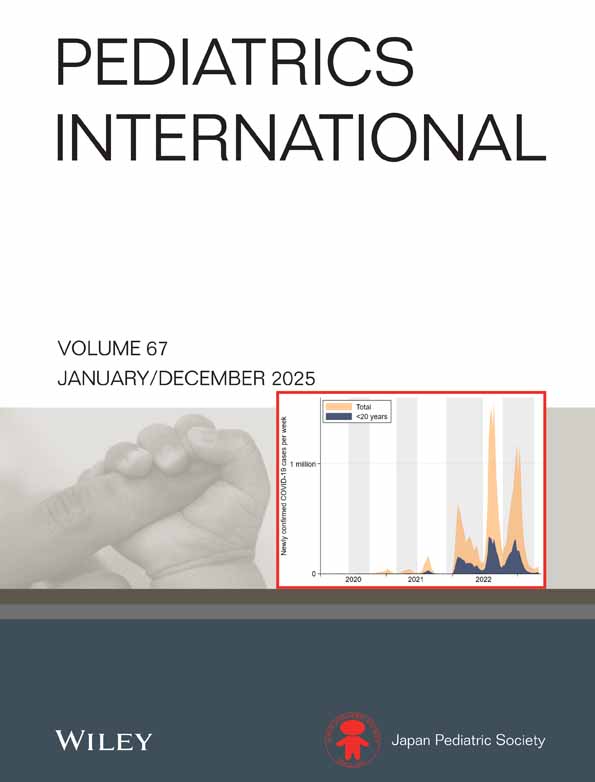Urinary enzyme changes in newborns with unconjugated hyperbilirubinemia
Abstract
Various changes in renal function caused by unconjugated hyperbilirubinemia in newborns have been suggested in previous reports. Disclosing an injury in renal tubulus epithelium is feasible by measurement of urinary enzymes. Thus, renal function tests and urinary enzymes in 25 term newborns with unconjugated hyperbilirubinemia were evaluated before and after phototherapy. Ten healthy term newborns without hyperbilirubinemia formed the control group. Mean values of the variables obtained before and after phototherapy in the study group and in the controls were, respectively: urine osmolality (osm/kg H2O); 0.147 ± 0.009, 0.174 ± 0.011, and 0.153 ± 0.018; endogenous creatinine clearance (mL/min per 1.73 m2): 45.7 ± 2.15, 46.0 ± 1.6 and 46.7 ± 3.9; fractional excretion of sodium (%): 1.27 ± 0.30, 0.79 ± 0.19 and 1.24 ± 0.07; tubular phosphorus reabsorption (%): 85.8 ± 3.3, 87.8 ± 2.8 and 86.6 ± 1.7; urinary N-acetyl-β-D glucosaminidase/creatinine (IU/mg): 0.617 ± 0.226, 0.574 ± 0.214 and 0.619 ± 0.210; fractional excretion of alkaline phosphatase (%): 0.422 ± 0.103, 1.001 ± 0.374 and 0.596 ± 0.201; fractional excretion of lactic dehydrogenase (LDH; %): 0.102 ± 0.019, 0.121 ± 0.023 and 0.119 ± 0.041; fractional excretion of AST (%): 0.433 ± 0.127, 0.530 ± 0.113 and 0.502 ± 0.074; fractional excretion of alanine aminotransferase (ALT; %) 0.856 ± 0.413, 1.619 ± 1.076 and 1.066 ± 0.366. No significant difference was found between these values before and after phototherapy in the study group, or between the values before phototherapy in hyperbilirubinemic neonates and in the control group. In conclusion, unconjugated hyperbilirubinemia up to a serum level of 18.4 mg/dL in term neonates does not seem to result in injury of normal tubulus epithelium as shown by urinary enzyme levels.




